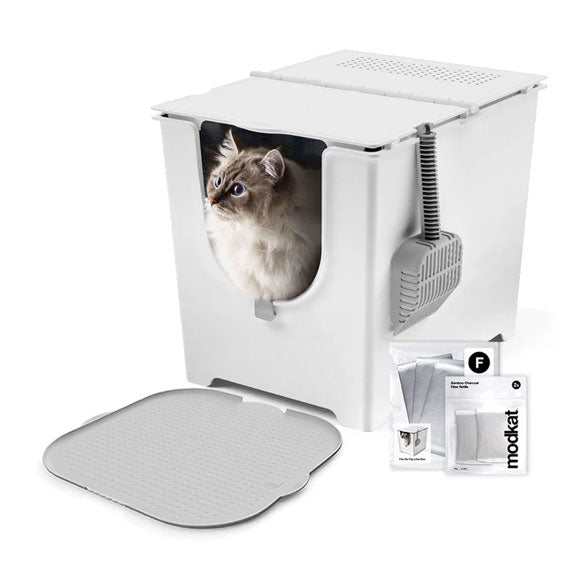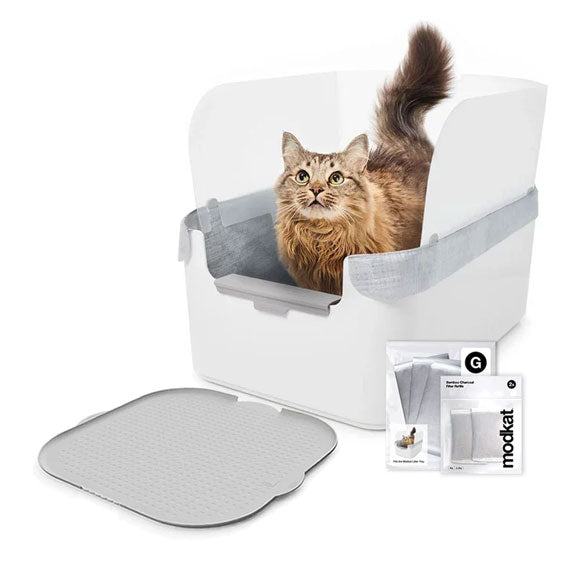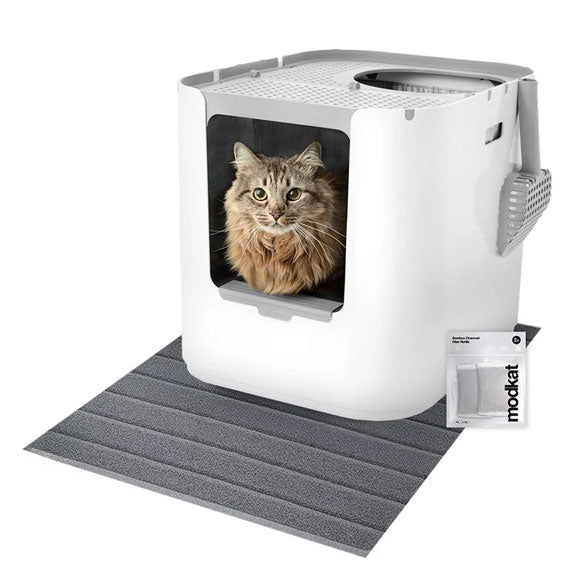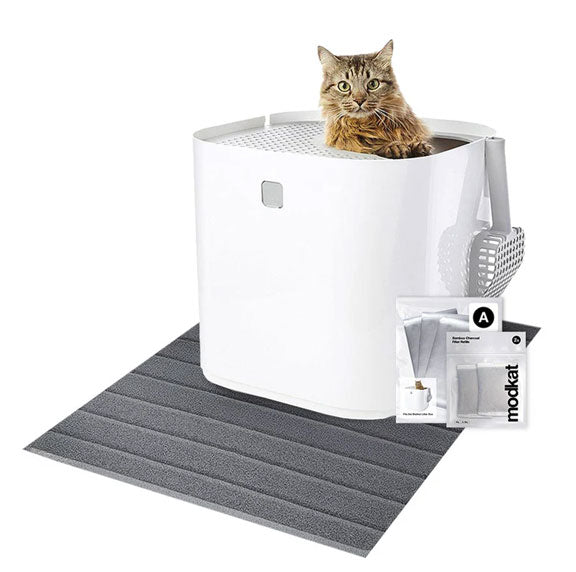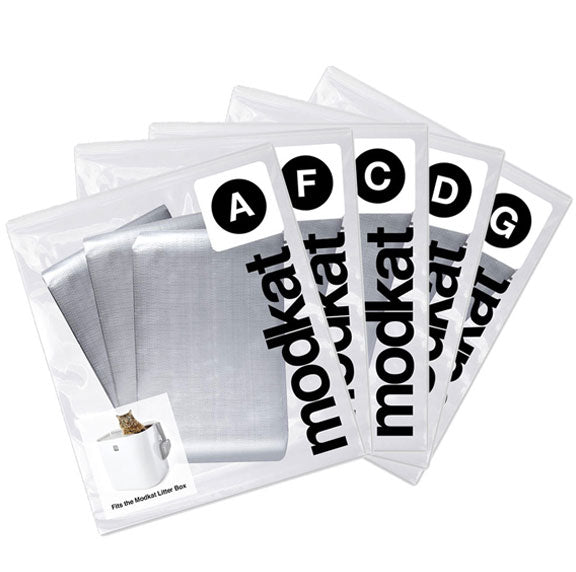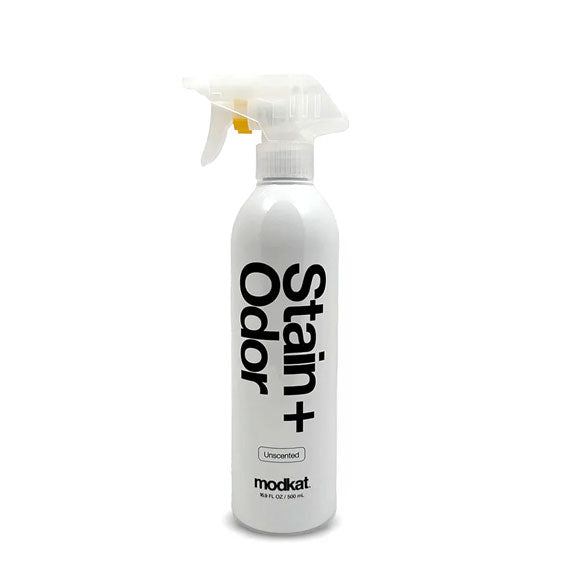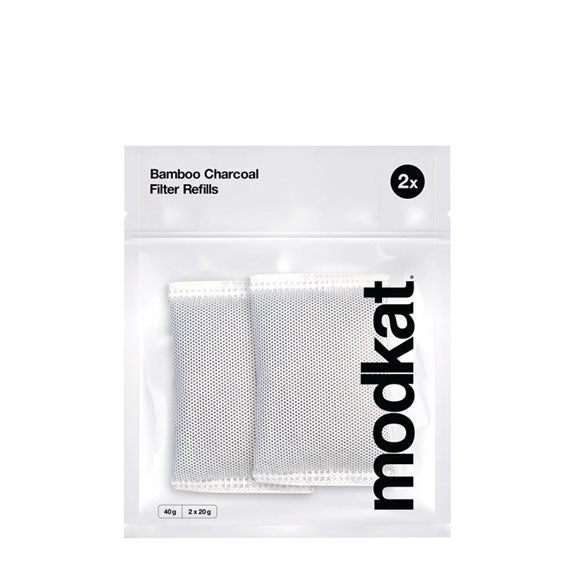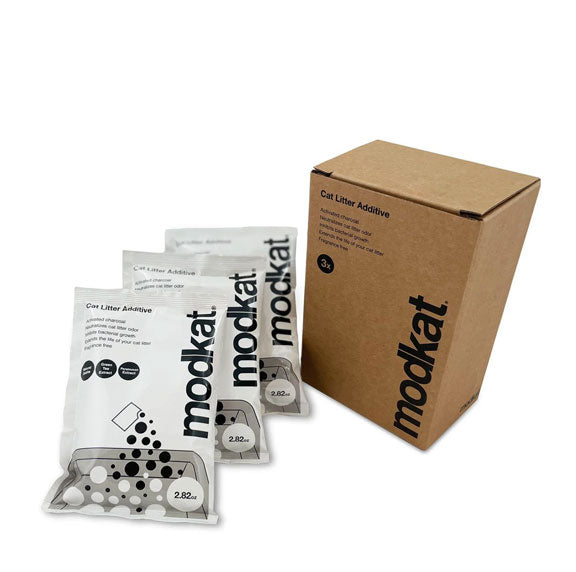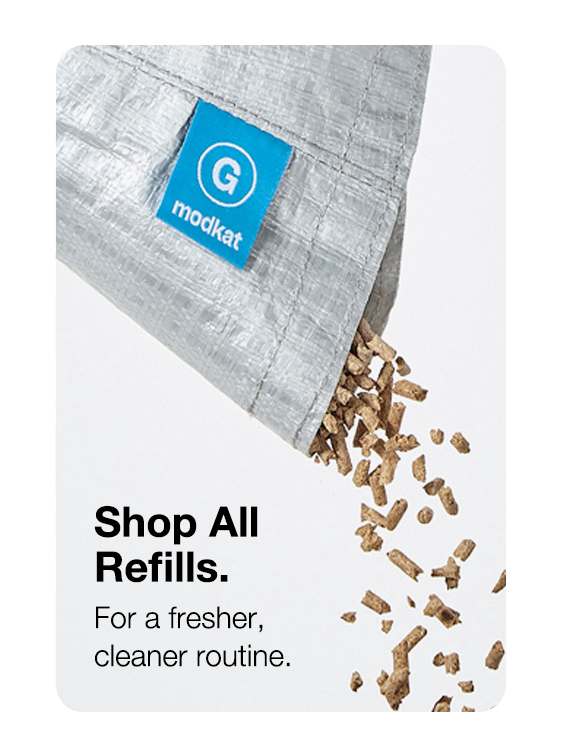20% off sitewide. Discount automatically applied.
20% off sitewide. Discount automatically applied.
Litter Boxes
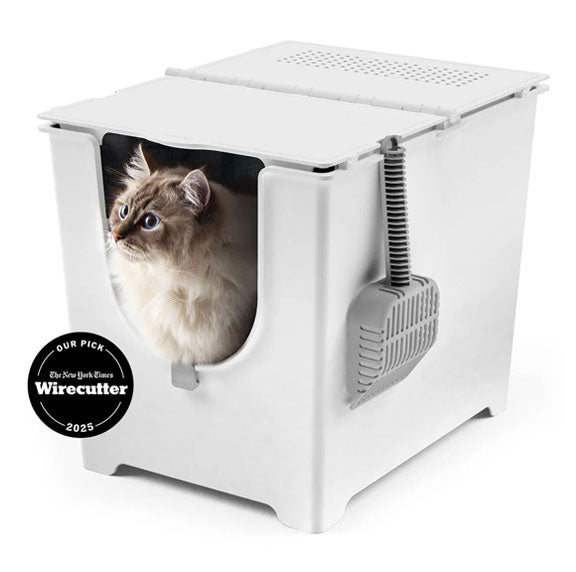
Modkat Flip
Front-Entry Litter Box
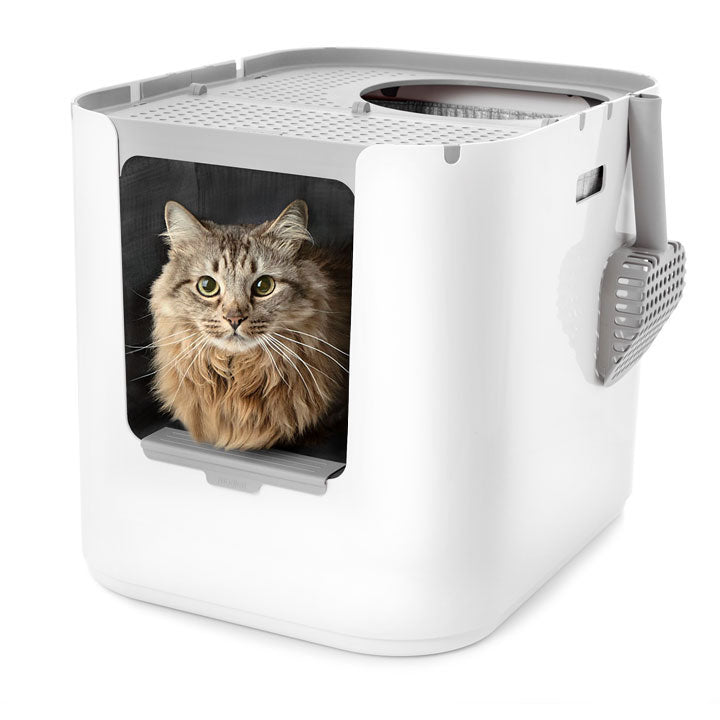
Modkat XL
Front/Top-Entry Litter Box
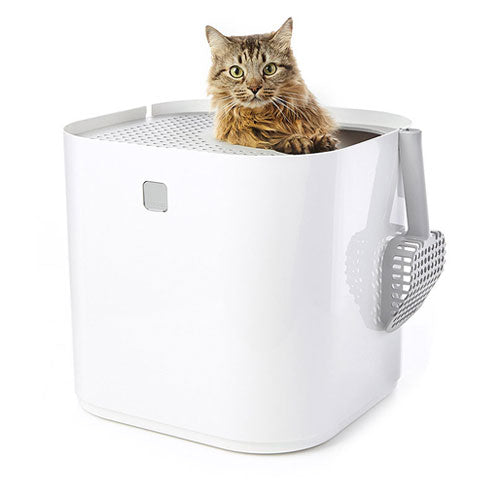
Modkat
Top-Entry Litter Box
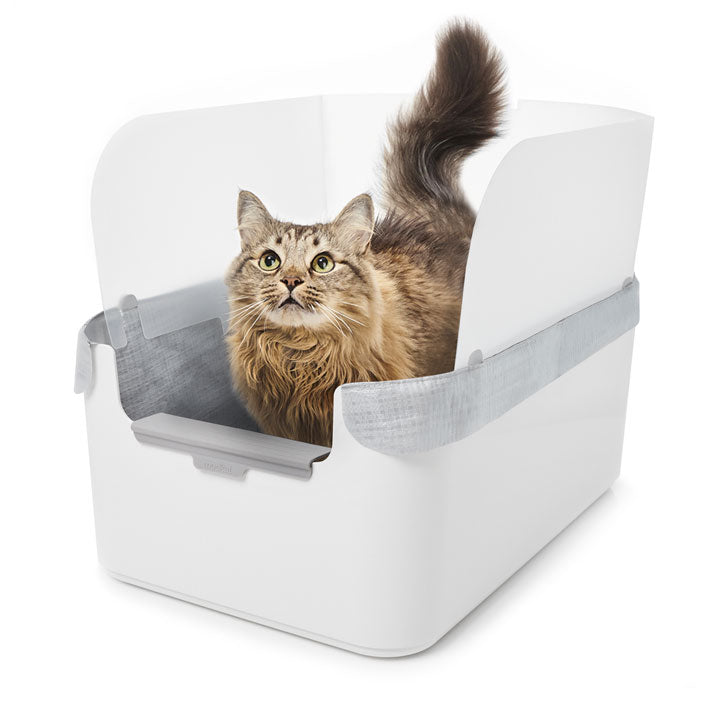
Modkat Tray
Open Litter Box
Bundles
Essentials
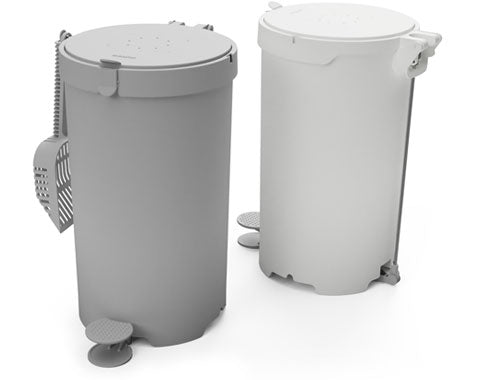
Litter Keeper
Two colors
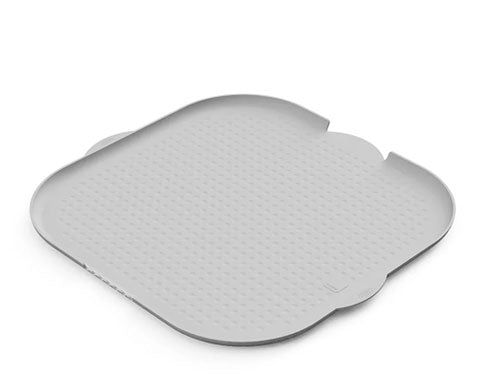
Litter Mats
Multiple styles, colors & sizes
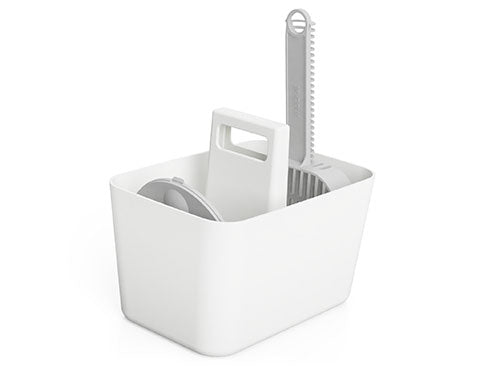
Tidy-Up Kit
Scoop holder & dustpan
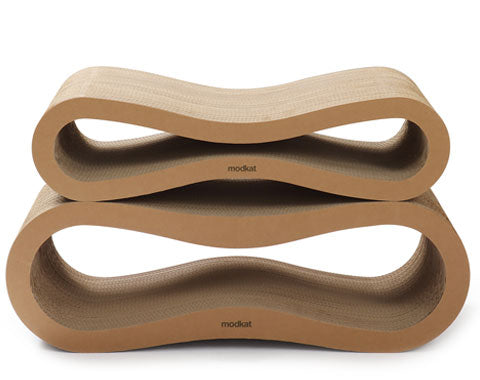
Lounge + Play
Scratchers & toys
Refills
Add description, images, menus and links to your mega menu
A column with no settings can be used as a spacer
Link to your collections, sales and even external links
Add up to five columns
Add description, images, menus and links to your mega menu
A column with no settings can be used as a spacer
Link to your collections, sales and even external links
Add up to five columns
7 Benefits of a top-entry litter box.
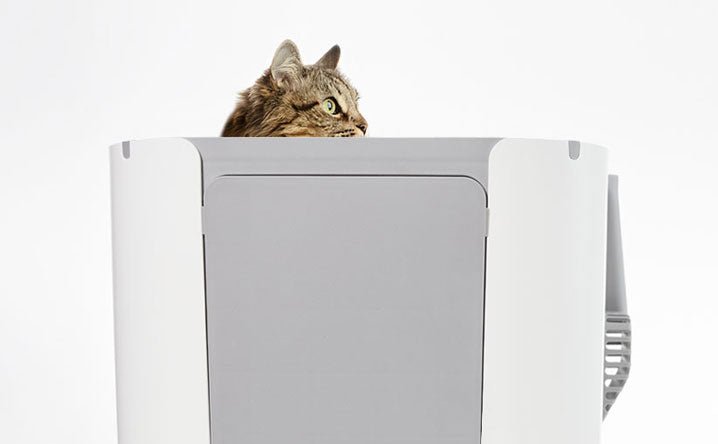
7 benefits of a top-entry litter box.
1. It prevents litter tracking.
Litter tracking is one of the most common complaints cat parents make. Tiny grains of litter often stick to tufts of fur and little paws, which means your kitty probably tracks litter all over the floor after every trip to the john. You may find litter pebbles in your shoes, on your bed, or even nestled between your sofa cushions. Ever had to brush cat litter off the bottom of your bare feet before putting on socks?
No amount of diligence with a dustpan and broom can ever really sweep away the detritus a cat can carry throughout your open house. While some specific litter types, including heavier litters such as newspaper pellets, may not track easily, cats are almost certainly going to emerge from the box with some litter attached. A top-entry box, however, can nearly eliminate litter tracking by keeping all the little gains contained under the lid. Plus, with the top-entry Modkat, the lid doubles as a walk-off mat, catching any stray kernels.
2. It helps trap unseemly odors inside the box.
A covered box keeps odors where they belong — inside the box — and not wafting freely through your house. Top-entry boxes are not entirely covered since the entrance allows some airflow through the facility. Nevertheless, they do a great job of containing smells. Even better, you can pour extra litter into a covered box without worrying about your cat flinging it out. Deeper litter means more space to bury the smelly stuff.
You can also help your litter box stay odor-free by mixing baking soda with your litter. This all-natural cleaning product is 100% safe for cats and helps neutralize odors. Just avoid the scented sodas since they can drive cats' sensitive olfactory glands haywire. If you prefer, you could try one of our Modkat charcoal odor removers.
Whatever you choose, be sure not to use scented litters, and don't plug in an air freshener near the box since these products can aggravate cats and discourage them from doing business in the right spot. Check out the Purrr blog for more tips on keeping your litter box smelling fresh.
3. It looks nicer than an open-top box.
Your cat wants a functional litter box that's safe, clean, and simple to use. As a human, you probably want all that, too, but you also hope for a stylish litter box, something that will be an excellent asset to your decor.
Modkat started when Rich, one of our co-founders, wanted a new litter box. He had two cats named Mika and Sashi and they needed a new litter box that worked great and complemented the look of his Brooklyn apartment. Rich searched exhaustively but came up empty handed. In defeat, he complained to his wife until she said, “You're a designer. Why don't you just design one?”
The very next day, Rich presented the idea to Brett, his then-partner in a design business. And thus Modkat was born. You can listen to Rich and our other co-founder Brett tell the full Modkat story on this podcast.
Most cat litter boxes offer either functionality or style, but at Modkat, we blended the two into one sleek litter box.
4. It's easy to move if necessary.
Typically, it's not a good idea to move a litter box unless you have to, though. You might need to carry it to a spare bedroom where the cat will be chilling during a party, but during normal daily life, try to leave the box where it is. As the experts at PetMD say, "Don’t surprise your cat by moving the litter box all of a sudden. If you need to relocate the box, make sure to move it gradually, a few inches each day, until the box reaches its new destination."
5. It keeps the dog out.
Dogs enjoy eating cat poop. Sure, it stinks to us, but to a dog, those malodorous clumps smell like yummy cat food. There's actually a scientific name for consuming feces. It's coprophagia. Sometimes, coprophagia comes from a vitamin deficiency. Often, however, it's just instinctive behavior for a scavenger animal such as a dog. Over time, eating poop can develop into a nasty habit that will annoy the cat and leave you avoiding your dog's kisses.
Besides, dogs themselves can contract bacterial infections or intestinal worms from eating cat feces, and ingesting too much litter can cause severe constipation for your canine pet. So you want to stop your dog from eating cat poop as soon as you can.
You could try dog-proofing the litter box with a baby gate, door stop, or latch. These solutions often prove more troublesome for the humans in the house than they do for the dog, however. A top-entry litter box can help. Lidded litter boxes provide a good option for pet lovers who want to shut down their dog's illicit snack bar for good.
6. It keeps the litter in.
Some cats dig in litter like they're searching for buried treasure. These animals tend to fling the litter crystals everywhere, sometimes even sending clumps of pee-soaked crystals out of the box and around the room.
A covered box will help contain litter where it belongs. It's also one of the great features of a tall litter box where the high sides can keep both pee and litter from sailing over the walls. Containing litter is one reason a top-entry litter box is often better than a front-entry box which gives cats an open door to kick litter through.
7. Cats like top-entry litter boxes.
When it comes to litter boxes, cats don't all share the same preferences. Kittens and older cats may appreciate a front-entry litter box that they can easily walk into. Cats with big personalities may enjoy proudly doing their business out in the open. For them, we created the Modkat Litter Tray, which features tall sides for high-peers along with an open top.
But many cats prefer a top-entry box. It's easy and fun to access and provides a convenient hide-away spot for cats to eliminate.
Bottom line? Most cats aren't terribly finicky about the style box you buy for them. As long as the facility is clean, easy to get to, and situated in a quiet spot, your cat will likely use it. The bigger question is, what box suits your lifestyle? If you live in a small house or apartment, a closed box offers many great benefits around cleanliness, style, and odor control.
How do you introduce a cat to a top-entry litter box?
Most cat caregivers don't have to worry about introducing their pets to a top-entry litter box. When presented with a new style of box, a cat's legendary curiosity takes over, and the animal figures out what to do very quickly. Follow these steps to set up a top-entry box and you should get successful litter usage from your feline friend:
- Place the top-entry litter box in the same place you kept your old litter box.
- Fill it with 3-4 inches of fresh litter. Scoop in some litter from their old box.
- When the familiar scent of their old box reaches them, your cats should know how to proceed.
If you cat has trouble adjusting to the new box, try these tips for successfully teaching him to use a top-entry option:
- Gently place your cat on top of the box to help them to become familiar with it. Your pet may jump into the litter box, off the box, or back into your arms. It's okay. Try again in a little while if they don't take to it right away.
- Remove the lid from the new top-entry litter box and place it next to the old one.
- Wait three days, and then replace the lid.
- Finally, remove the old litter box.
Are top-entry litter boxes suitable for large cats, senior cats or kittens?
Despite the benefits of a top-entry cat litter box, some animals simply won't use them or else seem to find them difficult or annoying.
Large cats
Large cats can use any litter box that takes into account their size and weight. In general, a kitty that weighs in at 12 lbs or more is considered a large cat. Some breeds are known for their plus-size characteristic, including the Maine Coon, the British Shorthair, and the Ragdoll.
If you care for one of these animals, you will want to make sure that the litter box you choose is large enough for your pet to turn around in and features sides tall enough to contain spray from high-pee-ers. In this case, top-entry, front-entry, or topless all depend more on your cat's preference than on his size.
Senior cats
As cats age, their joints grow stiffer and their muscles weaker. In general, cats begin to show the first signs of aging when they are between seven and ten years old. An 11-year-old cat is considered a senior feline, and cats 15 years old or above are called "super seniors." If you care for one of these animals, you may want to consider a front-entry litter solution especially if your fur friend lives with arthritis.
Kittens
Like senior cats, kittens may not be able to make the leap to a top-entry box. When cats are first born, they are extremely vulnerable to predators. Their eyes don't open for a week to ten days after birth. They usually don't walk until they are three weeks old, and it's another 1-2 weeks before they can leap at all. In another week or so, they have grown more playful.
By eight weeks of age, a kitten weighs 1-2 pounds and will either trust humans or start to act like a feral cat. A kitten might need 4-6 months or even longer, depending on her size and strength, to be able to use a top-entry box.
Best top-entry cat litter boxes.
The best litter box is the one your cat will use. Modkat offers a full array of litter box options that cater to any animal's taste in bathrooms. See their top-entry solutions below:
The Modkat
The award-winning Modkat Litter Box is an all-in-one solution that helps eliminate litter tracking. This top-entry model is a beauty that won't scream “litter box” in your home. Measuring 16" x 16" x 15", the Modkat is the perfect top-entry solution for cats up to 12 lbs.

Modkat XL
The Modkat XL is purr-fect for larger cats and multi-cat households. Plus, you can configure it as a top or front-entry solution, making it the most versatile litter box on the market. Though suitable for all cat sizes, the Modkat XL's spacious 21" x 17" design makes it especially appealing to large felines.
Shop the Modkat litter boxes and accessories to freshen up your cat litter area today!
“It looks nicer than any other hooded or open option we considered.”

Categories
Meow from Brooklyn.
Sign up and get early access to product drops, exclusive offers, and the occasional cat meme.
Similar products related to this blog:
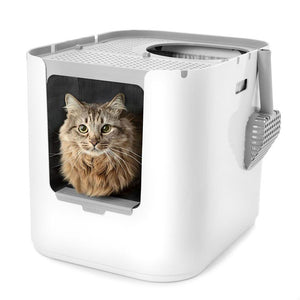
"It looks nicer than any other hooded or open option we considered."

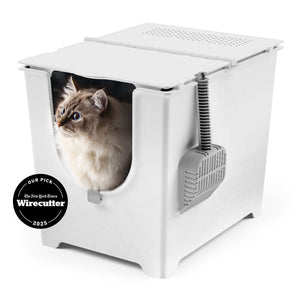
"This litter box keeps everything in, nothing gets out the sides."
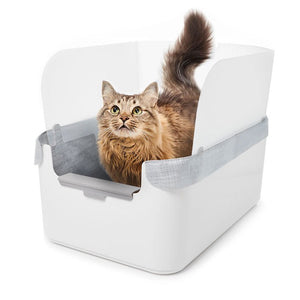
"My beautiful ragdoll cat and I both love the new Modkat Litter tray!"

